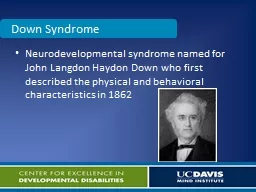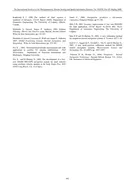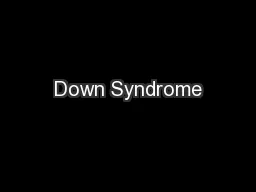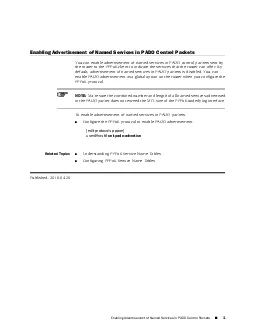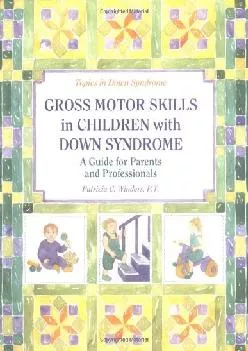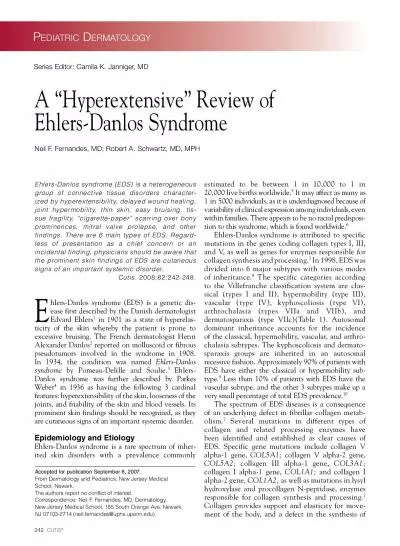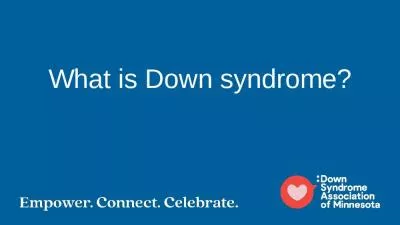PPT-Neurodevelopmental syndrome named for John Langdon Haydon Down who first described the
Author : alexa-scheidler | Published Date : 2018-09-20
Down Syndrome 1958 Jerome Lejeune and his team identified trisomy 21 47 chromosomesone extra chromosome 21 in cells as cause of Down Syndrome Only 2 years after
Presentation Embed Code
Download Presentation
Download Presentation The PPT/PDF document "Neurodevelopmental syndrome named for Jo..." is the property of its rightful owner. Permission is granted to download and print the materials on this website for personal, non-commercial use only, and to display it on your personal computer provided you do not modify the materials and that you retain all copyright notices contained in the materials. By downloading content from our website, you accept the terms of this agreement.
Neurodevelopmental syndrome named for John Langdon Haydon Down who first described the: Transcript
Download Rules Of Document
"Neurodevelopmental syndrome named for John Langdon Haydon Down who first described the"The content belongs to its owner. You may download and print it for personal use, without modification, and keep all copyright notices. By downloading, you agree to these terms.
Related Documents

